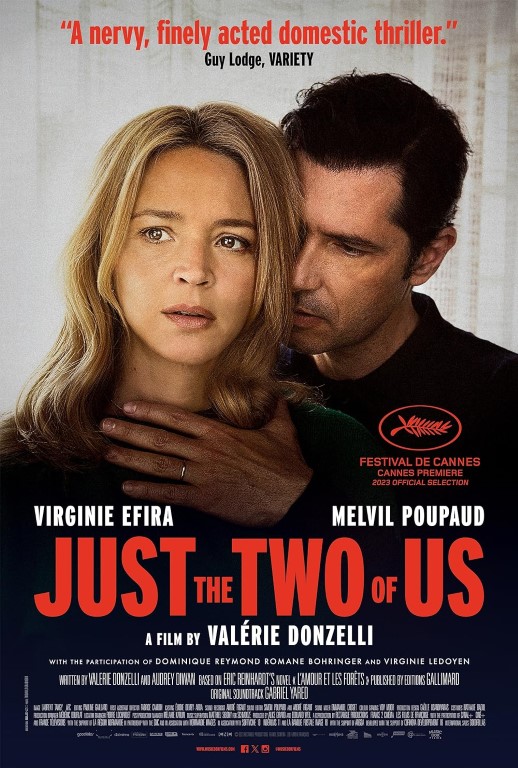Movie scores are often designed to sound like they're not
even there. And sure enough, for most of "Mad Max: Fury Road," Tom Holkenborg's
music is more or less mimicking motors and the rhythmic, forward motion of each
vehicle.
Then, somewhere in the second half of the film, a piece of
music comes on, and it's one that couldn't possibly blend in even if you
muzzled the entire brass section with silencers.
I'm referring to Giuseppe Verdi's "Dies Irae" from his
Requiem mass:
With this piece, George Miller confirms his commitment to
making a colossal movie. He's not aiming for subtlety, and this is proof.
Before I tell you about the ins and out of any "Dies Irae"
movement, I want to address what's happening in the movie when this piece makes
its brazen cameo.
I call it the "blue scene," because anything that isn't on
the yellow-brown spectrum in this movie warrants specificity. It's after Furiosa
and gang have outrun Immortan Joe, losing The Splendid Angharad in the chase. They
arrive near swamplands at night and hear the Bullet Farmer in the distance.
Furiosa then blinds him with that shot she takes from Max's
steady shoulder. (Cue Verdi.) Despite his newfound sightlessness, the Bullet
Farmer charges forth, arms outstretched in a Christ-like pose, yelling, "I am the
scales of justice, conductor of the choir of death!"
Here's the thing about this moment: Max is going to defeat
the Bullet Farmer, and Furiosa and gang are going to succeed in escaping their
oppressors. It's the culmination of everything Furiosa's initial detour was
about, and the Bullet Farmer goes down in a most dramatic blaze before they get
to their destination. For now, he's the last hurdle they have to face.
In terms of the music that plays during this pivotal moment,
the first thing to know is that "Dies Irae" means "day of wrath." It can be a
standalone piece, or a movement in a Requiem—or funeral—mass. There are
many movements to a Requiem mass: some call for tears, a peaceful rest, remembrance,
or mercy from the lord. "Dies Irae" is where all the anger goes.
The lyrics of the movement translate to:
Day of wrath, day of anger
will dissolve the world in ashes,
as foretold by David and the Sibyl.
Great trembling there will be
when the Judge descends from heaven
to examine all things closely.
Given the content of this text, the "Dies Irae" movement
from most Requiem masses is reliably impassioned, ominous, and at times,
furious. Just listen to Mozart's:
Karl Jenkins's:
Hector Berlioz's:
Or Wendy Carlos's adaptation of the old Gregorian version,
used to open "The Shining":
When you hear any composer's take on "Dies Irae," you should
feel something like God's judgment, and maybe even a few hellish imps keenly
anticipating your imminent condemnation to their realm.
But the thing about Verdi's "Dies Irae" is that it's bigger
than most "Dies Irae" movements out there. It's not surprising that this
particular piece was chosen over others to color that crucial scene.
In the short amount of time Verdi's movement takes to make
its case, it communicates urgency via the strings, its chorus is often chaotic,
and its damnation is percussive. You can barely catch your breath during the
brief pause that precedes the brass section trumpeting God's regal arrival; but
his angelic entourage wraps it up with more bad news.
You're not supposed to relax when you hear this piece; you're
supposed to take the Bible's threats seriously. It's everything they told you
to fear about death, and Verdi is deliberately aiming to terrify.
The Bullet Farmer is associated with this piece in "Mad Max:
Fury Road," and he invokes the idea of God while it blares. Just the same, Furiosa—whose very name suggests rage—Max, and the brides aren't undone, perhaps
because it takes godlessness to beat hubris. This moment clangs from all angles,
and the music makes sure you're aware.
Sometimes a cigar is just a cigar, but for this scene, I bet
George Miller asked for the most apocalyptic, loudest, biggest music available.
The other option was going home.












